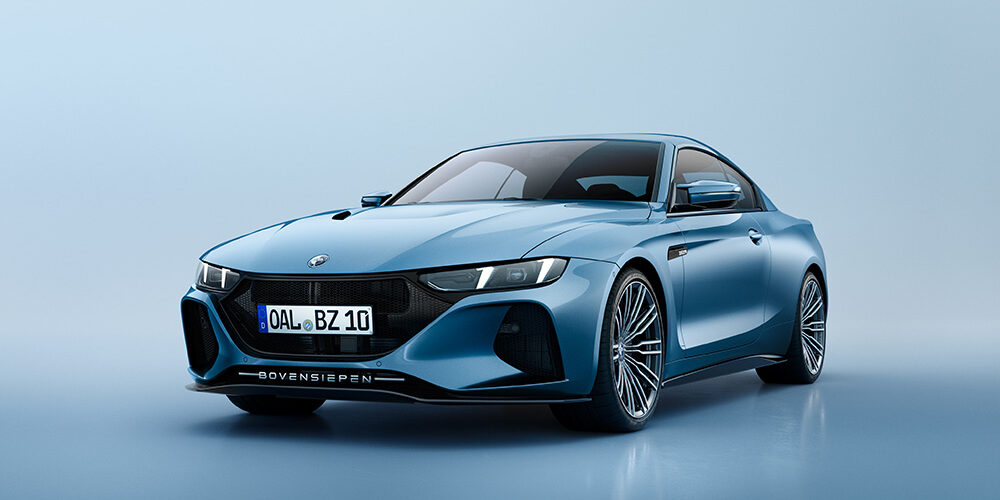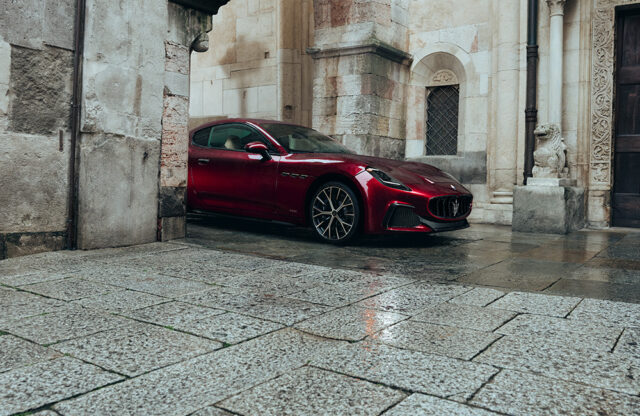Bovensiepen, the family that set up the Alpina brand, have teamed up with Zagato to create this: the Bovensiepen Zagato. Revealed at FuoriConcorso on May 24, 2025, the car is the first project announced by the founding family since BMW took Alpina in house. We talk to CEO of Alpina and son of its founder Andreas Bovensiepen about the car – but first, just what is it?
Under the direction of Zagato’s chief designer Norihiko Harada, the largely carbon body houses a BMW M4-derived 3.0-litre twin-turbo straight-six with 611bhp. The body features frameless side windows, the traditional Zagato double-bubble roof, a stainless steel front grille and integrated rear spoiler. Each car will take more than 250 hours to build, and will have more than 400 unique parts. Torque is said to be 700Nm, with the 0-62mph sprint taking 3.3 seconds, and the top speed is in excess of 300km/h (186mph). Bovensiepen has worked with Akrapovič to produce a lightweight titanium exhaust that’s lighter than comparable systems by 40 percent, and reduces back pressure.
In keeping with family tradition the suspension set-up has been optimised for road usage, with Bilstein DampTronic technology featuring three different driving modes – Comfort, Sport and Sport Plus – and the car rides on bespoke 20in forged wheels.

The Bovensiepen Zagato’s interior alone takes 130 hours to create, with either Lavalina leather or Alcantara available for almost every interior element. There are 390 leather cuttings, and each cabin uses 1800 metres of yarn. There are 16 standard colour themes, although a bespoke programme unlocks an almost infinite choice. There are 45 different Alcantara colours to choose from, too.
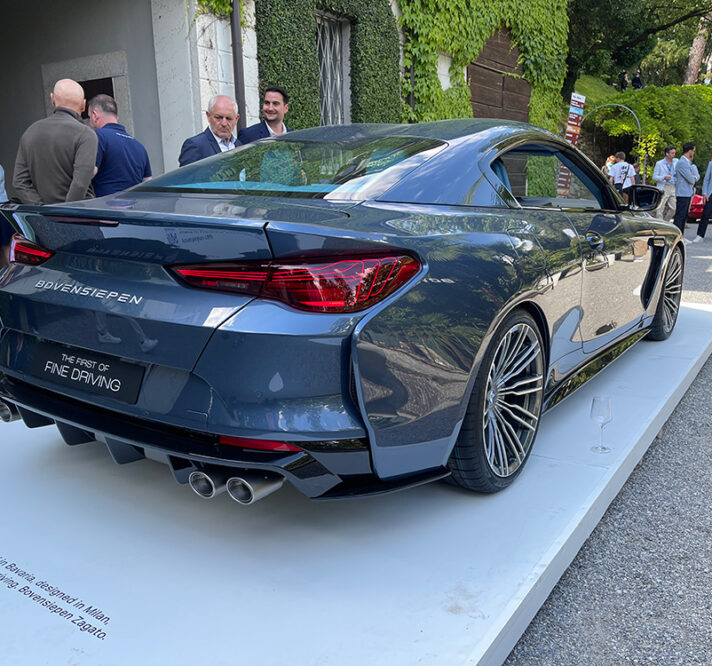
It came about quite quickly that Zagato was the best choice
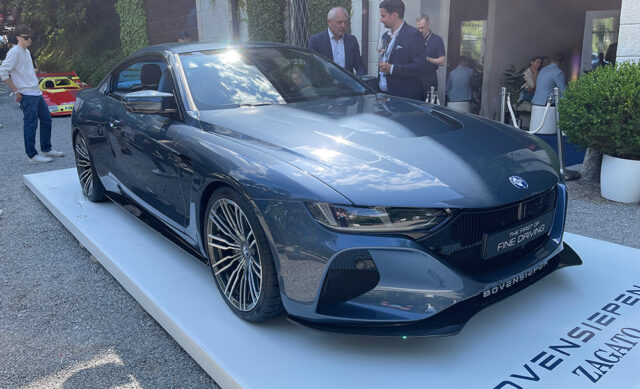
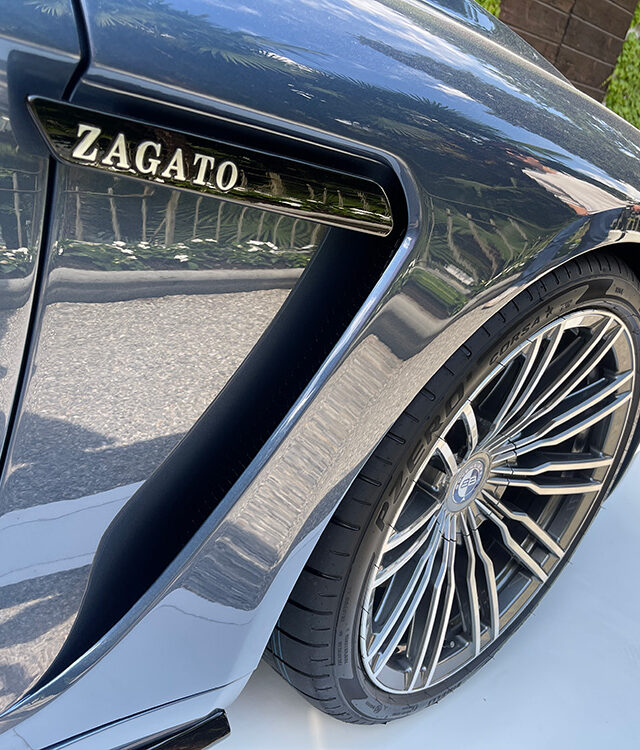
We spoke to Andreas Bovensiepen at FuoriConcorso. “Since BMW bought our older brand we’ve been concentrating on Alpina Classic, but we still want to be creators, too, and we are lucky our family name is still quite well known in the automotive industry – so we thought about doing some exciting projects in low volumes,” he explains. “I was working with BMW directly between 1995 and 2002, and was part of the team developing the Z8, having weekly technical meetings with them. When I saw the design of the Z8 Roadster, I thought one time I would like to do a car with a completely outstanding exterior design – and now the time is right.”
The process began three years ago, with several Italian design houses consulted on the project. “It came about quite quickly that Zagato was the best choice, especially with such unique items as the bubble roof,” Andreas says. The first proposal from Zagato soon found favour with the Bovensiepen team – but as Andreas explains, the appeal of working with the Italian design house went deeper. “Like us, Zagato not only has a history in very low-volume cars, but it’s a family company, too.”
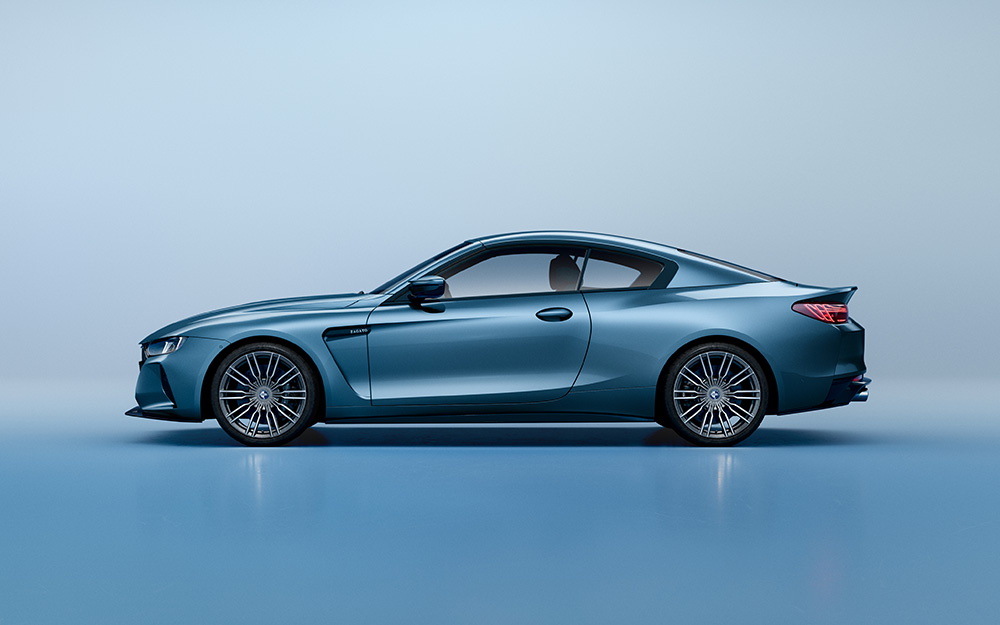
He says he was keen to revisit traditional design styles rather than something hyper-modern. “I’m a little bit of a traditionalist because I like what happened in the 1950s, 1960s and 1970s, with German engineering and Italian design,” he explains. “I wanted to build something that while it may be traditional, it’s a timeless piece that in ten years’ time people will still say ‘wow’. The classic coupé shape without a B-pillar with fully retractable windows may not be ‘brand-new’, but it is elegant.”
Road testing of the Bovensiepen Zagato has been under way for a while in mock-up cars. “We’ve just started our on-road testing in our development areas; we had some hidden testing on closed circuits, but now is the phase where testing and evaluation starts.”
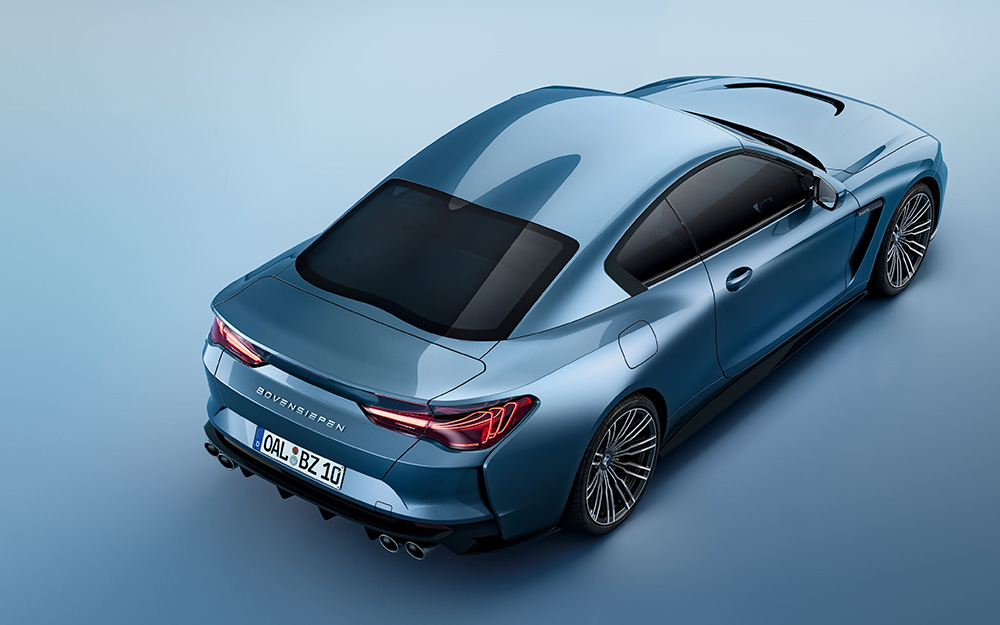
Andreas hasn’t altered the donor car too drastically, but the limited-run nature of production meant that there was some scope for tweaking, with more freedom with regards to the catalytic converters and particulate filters; this also frees up more power. “And the titanium makes a great sound,” he chuckles.
Despite the throaty exhaust note, Andreas is clear that the Bovensiepen Zagato is not a racing car with numberplates. “It’s designed so you can have great fun from Munich to Como or Milano – have a several hours of driving and still feel comfortable,” he says. “But of course we like the agility and precise steering feeling – so it’s a sports car, a proper gran turismo, but it’s not a racing car, in the family tradition, but a little bit more sporty.”
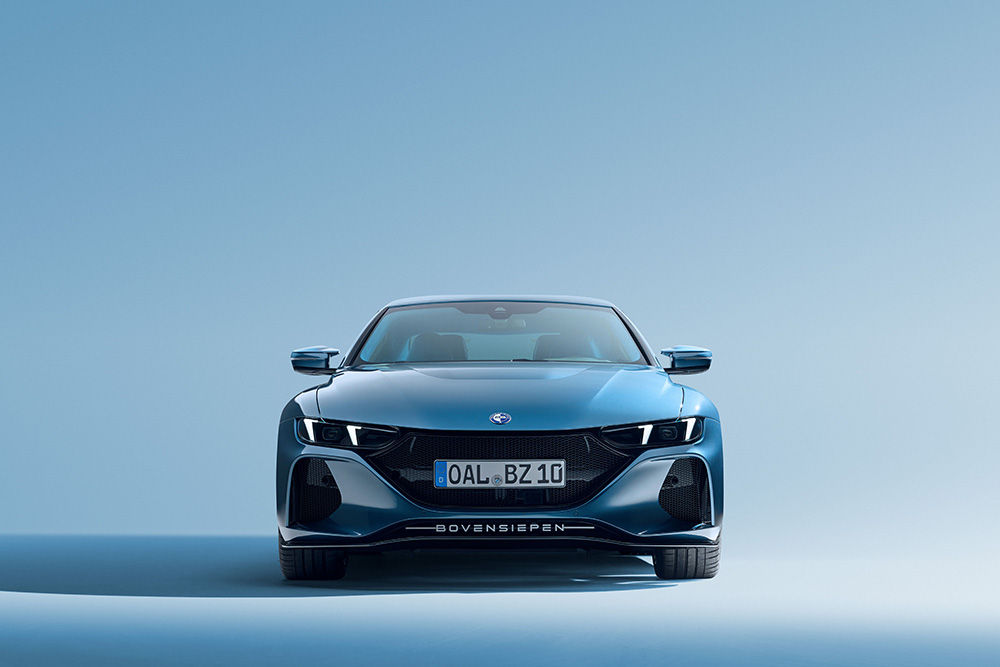
Andreas describes the interior as a work of art, with materials sourced from the same supplier as Rolls-Royce – and he’s particularly keen to show me the quality of the boot materials, and the sheer space within it. Despite the luxury finishes, the target weight is 1875kg – half a tonne lighter than a Bentley Continental GT.
Although the Bovensiepen Zagato has been in development for three years, there are a few homologation hurdles to cross, which impacts on the number of units Alpina ultimately wants to produce.
“We are working on the home market at the moment, and so it’s pretty likely that we can get European homologation. We want to homologate the car for Japan and the US as well, but to sell it there you need to double the units. It will depend on the markets we can homologate the car for, but it will still be exclusive – we’ll announce a figure in a few months’ time.”
Distribution will be through established dealers well known to the family, although these discussions are ongoing; it’s a similar case with a final price for the Bovensiepen Zagato. We’ve heard figures of around €400,000 dependent on specification, but a lot depends on where the car can be homologated – and thus tariffs.

While the carbon body panels will be built and supplied to Bovensiepen, the car will be hand-assembled in Alpina’s Buchloe HQ’s factory – and not, as in more recent times, with parts added to cars already on the BMW production line. “We still have a very close connection with BMW, and we will always be friendly,” Andreas says.
Although he’s at pains to say that this is just the start, minds are already ticking over. Could there be a Bovensiepen Zagato convertible, or perhaps a Touring – that other great family tradition? “Of course, we have something in our mind, but it’s too early to promise,” he chuckles again.
The first deliveries are expected in the second quarter of 2026, and more information can be found here.

